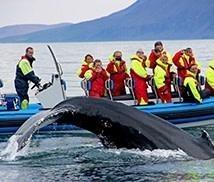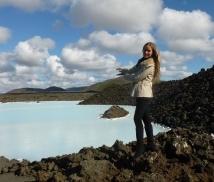5 Ways How to Reduce Your Carbon Footprint While in Iceland

Climate change has become a hot topic in recent times, especially since we can see with our own eyes the frightful impact and destruction which we are causing to our one and only planet. The attention has been made more apparent through young activists such as Greta Thunberg who brings the environmental crisis to center stage. We commend such young people for taking such huge strides to combat this dire situation by asking governments, businesses and individuals to take responsibility for the effects we are all having on our plant and to offer ways how to reduce our carbon footprint.
The impact of climate change on Iceland is especially grave and it is possible to see these changes with clarity not as visible in other countries. The seasons in Iceland have changed drastically in the last several years. This past summer of 2019 was the warmest on record (since data started being collected). The ice is melting at alarming rates thereby robbing us of some of Iceland’s most precious resources: glaciers. The Okjökull Glacier, located in the west of Iceland, formerly known as ‘ÖK’, no longer exists. As the Icelandic people, we especially feel this loss. To commemorate this, a funeral and eulogy were held for glacier ÖK in August and a plaque was placed where the magnificent glacier once stood.
Scientists and experts in the field say that this is only the beginning, that there will be many more losses of important natural landmarks in the near future. We have already suffered a 7% loss of glacier volume over the last 20 years and if this tragic trend continues glaciers will cease to exist in 200 years.
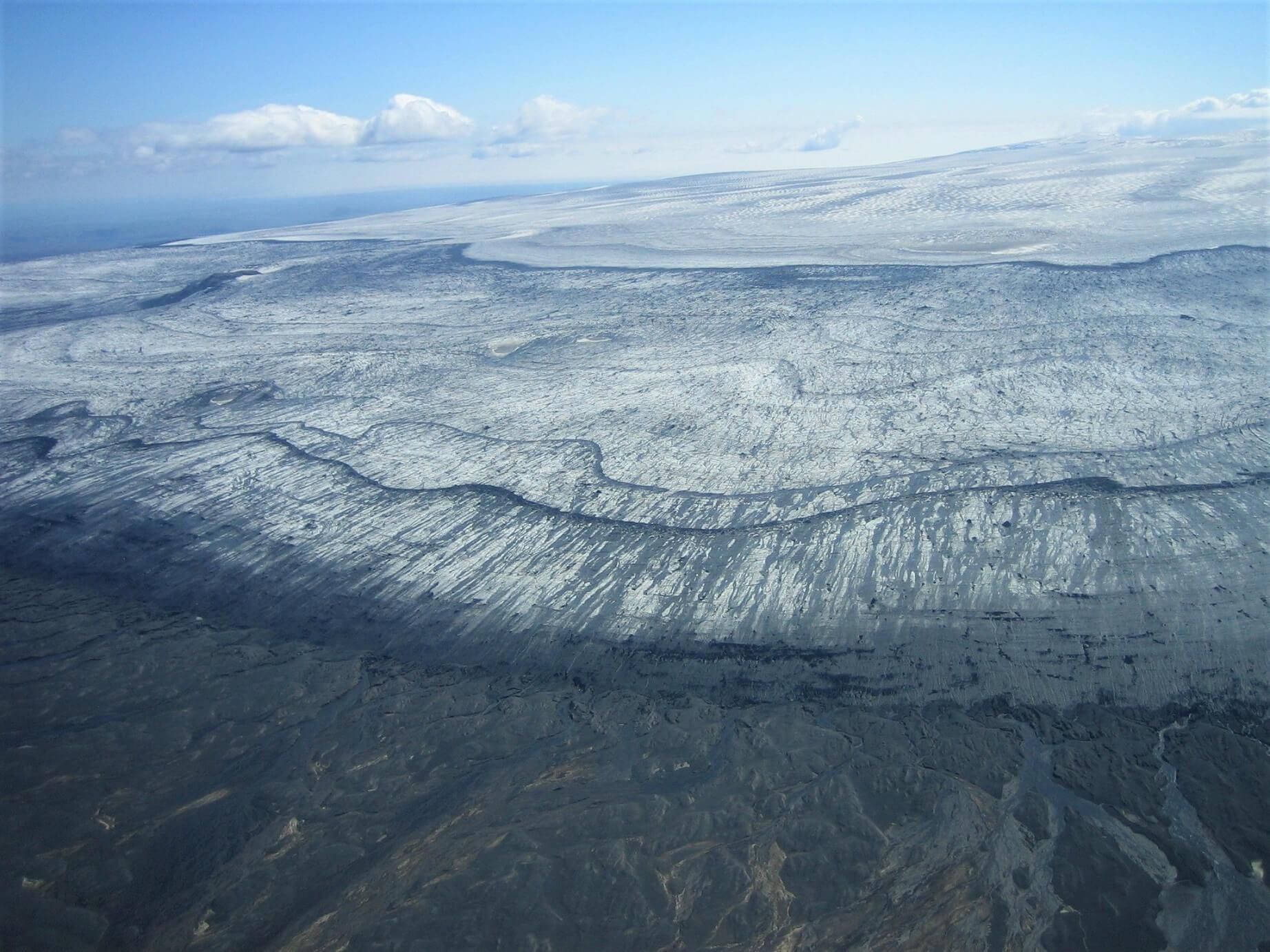
-
For the Icelanders and the Icelandic economy (including tourism of course), this is already having devastating effects. We have to act now, the time for talking has passed.
Iceland’s government together with the Iceland Tourist board has pledged to make the country carbon neutral by 2040. There are many designated areas where there must be improvements: to reduce the use of fossil fuels, to reduce carbon emissions, and to reduce waste in general.But we also strongly believe that it is the responsibility of each individual, each organization and each business to do its part to help reduce our carbon footprint in any way and to any degree possible. While we might make the effort at home, how can we help when we are off enjoying ourselves on vacation, when taking a trip or when on holiday?
We have a few methods to help those interested in knowing how to reduce their carbon footprint when traveling to Iceland.
5 Methods How to Reduce Your Carbon Footprint while travelling on Iceland:
1. Take the Icelandic Pledge:
The Icelandic Pledge is an oath for locals and travelers alike. It is a reminder that while exploring Iceland and appreciating all of its natural beauty there are steps to be taken in order to ensure that those who come after us find those places in the same or better conditions than when we passed by.
In beautifully written prose, it asks that we all walk, hike, sight see, drive, park, sleep and answer the call to nature only on designated paths, roads, and locations (rather than making new ones and thereby destroying a bit more of Mother Nature). In addition, it also asks us to be vigilant of what is around you, for your safety as well as for the safety of Iceland.
You can join the thousands, including ourselves, who have taken the challenge here: https://inspiredbyiceland.com/icelandicpledge.
2. Take the Kranavatn Challenge:
Kranavatn is the Icelandic word for ‘tap water’ and while in some countries it is not advisable to drink water from the tap, the tap water in Iceland is better than most bottled water bought around the world. It is pure spring water, which for centuries has been filtered naturally through lava rock, giving you delicious, clean, crisp water you won’t find anywhere else.
This challenge asks all participants to drink only Kranavatn (tap) water during their time in Iceland and to only use reusable bottles instead of constantly buying new plastic bottles from shops or restaurants. This reduction in plastic bottles and bottled water goes a long way in reducing the need to create more plastic and to dispose of more plastic.
Remember that while recycling is important, it is much better and more efficient to simply consume less and thereby reduce our waste production.
3. Rent an electric car on Iceland:
Some of our car rental providers offer electric cars (the cleanest energy available currently). Choose from a Nissan Leaf, Kia Niro or VW Golf when you go to rent a car and know that you have made the choice to create significantly less CO2 emissions during your trip around Iceland.
There is some debate about the ‘green-ness’ of electric cars. Current models of electric cars are certainly not carbon-free, however they do emit less carbon overall than petrol and diesel engine cars. Electric cars are powered by power grids which can and many times do, get their energy from renewable sources such as solar, wind or water, so in these cases, the source of energy to fuel the electric cars is healthier for the environment. And Iceland is proud to say that they are the only country in the world to use 100% renewable energy sources for electricity and heating, so electric cars in Iceland are using the cleanest energy available.
In addition, as the technology improves in coming years, the manufacturing of electric cars will become more and more efficient and beneficial to the environment.
4. Choose a ‘carbon-neutral’ tour:
We are pleased to be able to announce that some of our providers have been hard at work creating tours which are carbon neutral, meaning that the net total of carbon emissions that occur during the tour or excursion have or will be offset by actions taken by the tour providers, such as planting trees.
We have marked these tours with our special eco-friendly puffin so that you know which tours we are referring to and you can make more education decisions when choosing a tour.
5. Pay to offset your carbon footprint:
You may have seen this offer before when buying a plane ticket, “Pay to offset your carbon footprint” or “Make a donation to reduce your carbon footprint” or “Buy carbon credits here.”
These programs and others like them receive your payments and use them for projects around the globe that are taking steps to reduce our carbon footprints.
One such program is Kolvidur, an Icelandic organization, whose sole purpose is to plant trees around Iceland in order to offset the https://kolvidur.is/carbon-calculator/ carbon emissions from flights, cars and caravans. By simply making a donation of around $2 USD/tree, you can make a world of difference. They even offer you the calculator in order to determine your carbon emissions for traveling to, from and within Iceland.
Check it out, calculate your carbon footprint and make a donation https://kolvidur.is/einstaklingar/ ! Or, when choosing one of our tours or trips, you can choose to buy carbon credits and pay for them while paying for your trip. For a few extra dollars you can plant a few trees and help Mother Nature breath a bit better.
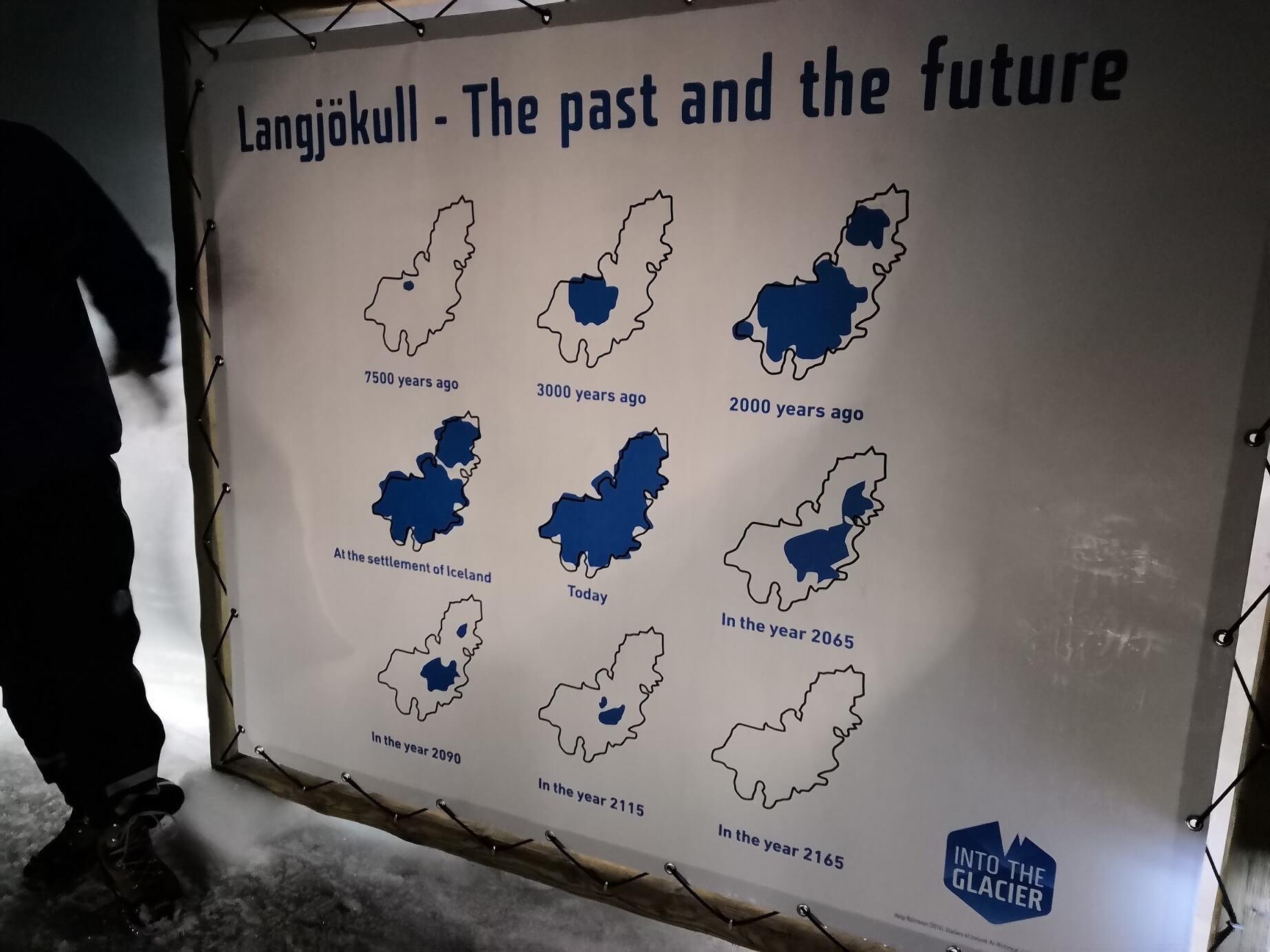
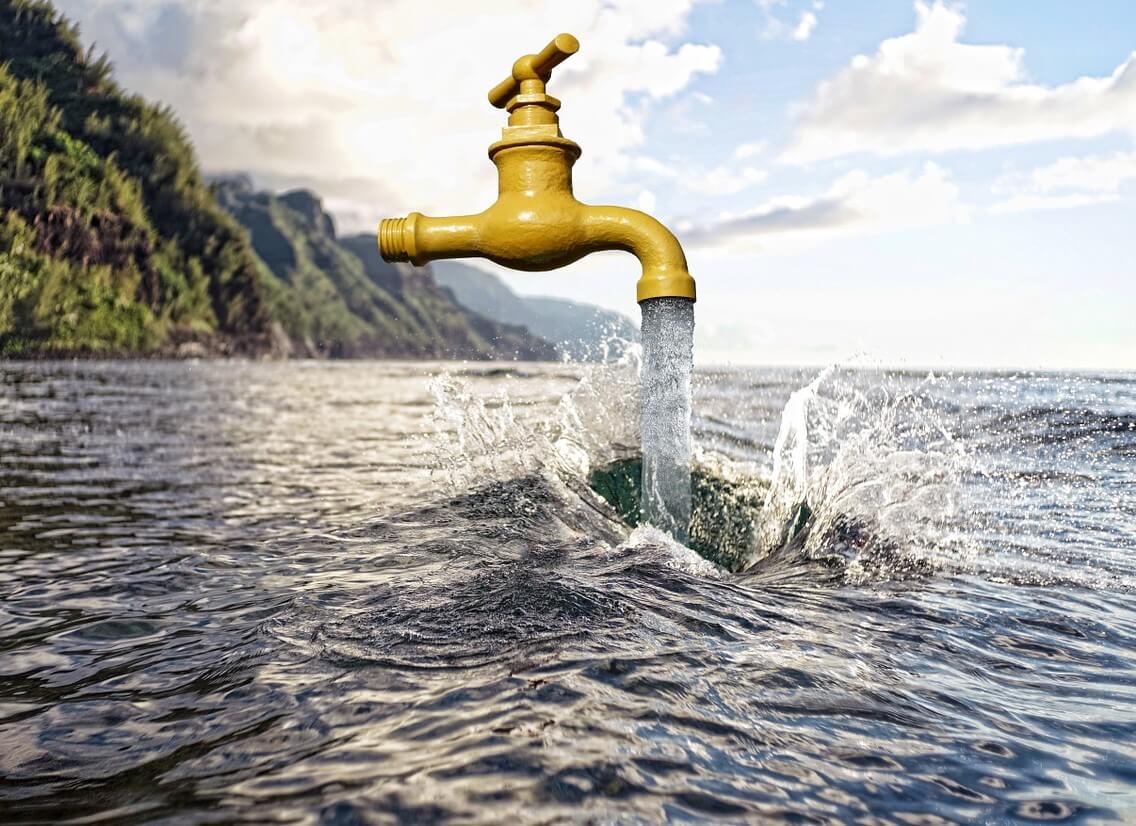
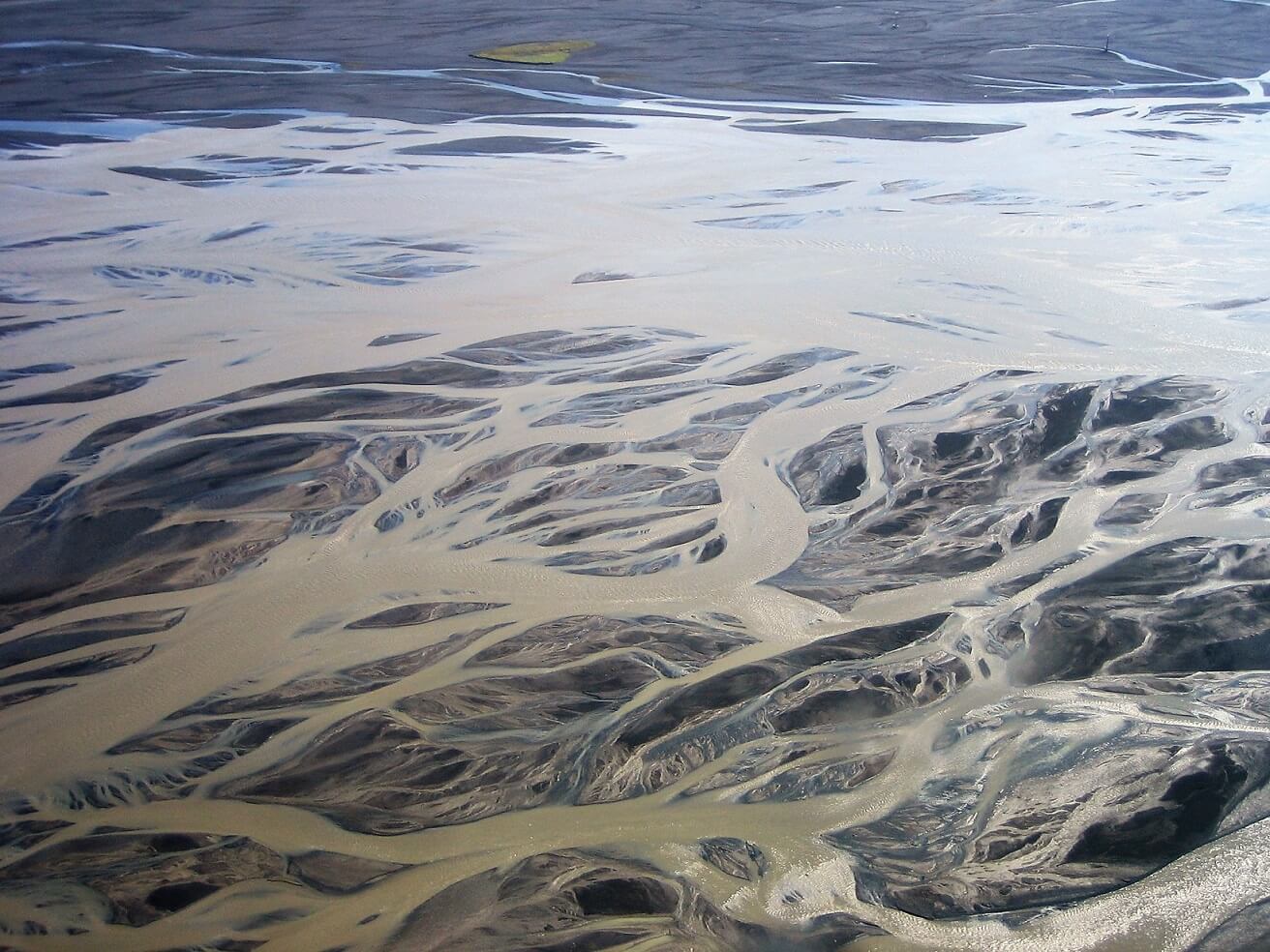
5 More Methods How to Reduce Your Carbon Footprint while travelling:
There are many ways in which we can help reduce our carbon footprint no matter where in the world we are, where we travel to or how busy we are in our travels. Below we’ve listed a few more ways in which you can reduce your carbon footprint.
1. Support organizations and companies that fight against the destruction of the planet and support environmentally friendly policy and legislation (and don’t support others i.e. airBnB).
https://noplasticwaste.org/
The EPA started the Water Sense H2otel Challenge where you can learn about which hotels have signed up to participate and learn about methods of reducing water use at hotels.
Don’t stay at golf resorts in the desert. Landscaping uses an enormous amount of water, especially in places such as the desert or other environments which are far from natural water supplies. Golf courses in particular are extremely unsustainable and use an exorbitant amount of water. So if you want to take a vacation to golf, why not go somewhere like Scotland, where there is an average of 200 days of rainfall a year, ensuring that the courses don’t need constant maintenance.
2. Travel by public or shared transportation.
Even when traveling there are options for using public transportation. In fact, sometimes this is one of the most authentic ways to see what life is like in the places you are visiting. Whether it’s the subway through NYC, the underground of London, buses with chickens a top in Bolivia or night trains in northern Vietnam, why not really dive into the local culture and ride along with the locals?
Shared rides are another great option. While carpooling is highly recommended when commuting to and from work, there are similar options when traveling. This could be a platform such as BlaBlacar which is popular in Europe, PopaRide in Canada, sRide in India, and JumpinRides in South Africa.
And of course, there is the age-old method of hitchhiking! While caution should always be taken, this is another very environmentally friendly way of traveling as you don’t add any additional CO2 emissions by taking advantage of drivers already en route to your destination.
3. Bring your own towel (or at least reuse your towels while in one location).
National Geographic reported that in the US, laundry use at hotels and accommodation accounts for 16% of all water usage (second only to toilets and showers--see below about reducing showers). Imagine if you brought your own towel so that valuable resources were not used to wash towels after every guest. You don’t change your towel each day at home, so why do so on the road?
A study done at a high end hotel in the Canaries found that by reminding visitors to reuse their towels, a year of such actions would help reduce water usage by 129,000 liters and therefore reduce carbon emissions from this hotel by 1,676 kg.
4. Travel as much to explore as to help and take care of.
Travel can be many things: an adventure, a new experience, a chance to get away, an escape, a return to nature, a thrill. These are many of the reasons many people, including ourselves travel. But there is also the opportunity to leave an impression wherever you go. Whether this is employing a local tour guide, eating at a local restaurant, donating time and/or money to a local organization or simply picking up a bit of trash you find along the way.
We all have the ability to leave things a bit better than we found them. And this goes for the amazing destinations we are lucky enough to visit.
5. REDUCE, Reuse and Recycle
The order of this well-known campaign is just as important as the words themselves. The first and foremost thing to do is REDUCE!!!!!! If you reduce what you buy, what you use and what you waste, then there will be less need to produce more things for us to consume.
This means buying fewer clothes and opting for clothing that is made to last years, not the next fashion season. Business Insider reports, “The fashion industry produces 10% of all humanity's carbon emissions, is the second-largest consumer of the world's water supply, and pollutes the oceans with microplastics.” And while we can’t go around naked, clothing sales are up 60% since the start of this century.
Buy less things in general. The minimalist movement and Marie Kondo who has a Netflix series "Tidying Up with Marie Kondo," have shown the world that LESS really and truly is MORE. Again, if we need and own fewer things then we’re not adding to the consumerism economy and not creating unnecessary waste when we realize we have too many things in our houses and lives.
Reduce your intake of certain foods such as meat. The UN Food and Agriculture Organization found that animal agriculture contributes 13%-18% of the earth’s total carbon emissions (only behind general energy use and deforestation). You do not have to give up your favorite dish, buy you can reduce the meals that contain meat each week.
Also be aware of how much food you buy and then throw away. The World Wildlife Organization estimates that 1.3 billion tons of food is wasted each year throughout the world, which creates 11% of all greenhouse gas emissions. When traveling, you can always share larger portions among friends (then you all get to try more new dishes), ask the restaurant to pack any leftovers to take for a free lunch the next day, or stay at accommodation with kitchens and shop at local farmers’ markets and enjoy the typical and healthy fruits and vegetables.
Reduce your use of water and electricity. One easy way is to disconnect your chargers or any electrical device when not in use, even the TV or minifridge if you don’t need it during your stay. And that goes for the AC unit as well. If you are gone from your room for most of the day, there is no need to leave it running 10 -14 hours.
Reuse plastic bags, plastic bottles and plastic containers if you do find yourself with them. It’s hard to completely ignore them, but try to be conscious of using them for as long as possible instead of simply throwing them away.
We have all contributed to the current situation of our planet and there won’t be any easy solution, but we can take responsibility for our actions and do whatever is possible to counterbalance our actions on Earth and in Iceland. We hope that you will choose several, or ALL of the above suggestions during your time visiting Iceland and that you bring some of these practices wherever you go next, whether back home or onto some other wild adventure.
We all love and appreciate the beauty and resources this planet has to offer, so we must do our part to ensure that it is still around for future generations.
Responsibility: We ask all guests, visitors, travelers and clients to be responsible tourists and to always respect nature. The beauty that surrounds us on Iceland is becoming more fragile and vulnerable than in other countries and it is impertinent that we treat it with respect and care. ID 761

 ES
ES  EN
EN 

